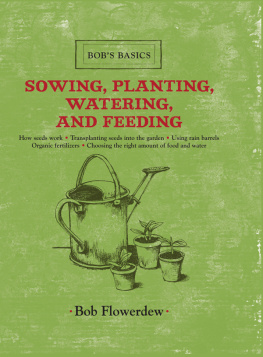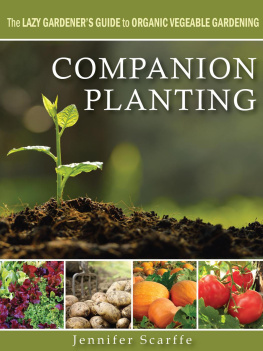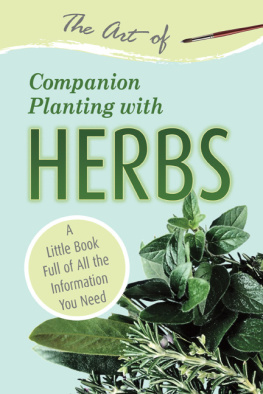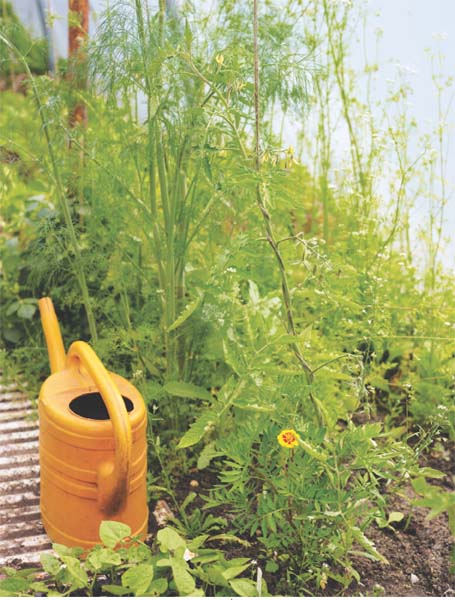
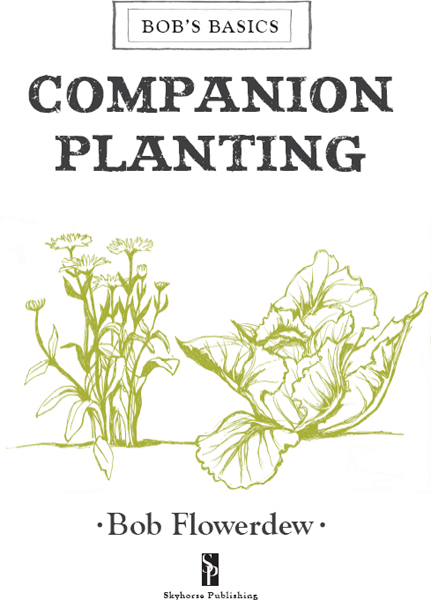
Copyright 2012 by Bob Flowerdew
Design 2010 by Kyle Cathie Limited
Photography 2010 by Peter Cassidy
Illustration 2010 by Alison Clements
All Rights Reserved. No part of this book may be reproduced in any manner without the express written consent of the publisher, except in the case of brief excerpts in critical reviews or articles. All inquiries should be addressed to Skyhorse Publishing, 307 West 36th Street, 11th Floor, New York, NY 10018.
Skyhorse Publishing books may be purchased in bulk at special discounts for sales promotion, corporate gifts, fund-raising, or educational purposes. Special editions can also be created to specifications. For details, contact the Special Sales Department, Skyhorse Publishing, 307 West 36th Street, 11th Floor, New York, NY 10018 or info@ skyhorsepublishing.com .
Skyhorse and Skyhorse Publishing are registered trademarks of Skyhorse Publishing, Inc., a Delaware corporation.
Visit our website at
www.skyhorsepublishing.com .
10 9 8 7 6 5 4 3 2 1
Library of Congress Cataloging-in-Publication
Data is available on file.
ISBN: 978-1-61608-652-7
Photographic Acknowledgments:
All photography by Peter Cassidy except pp. 7, 11, 67, 73, 91 by Bob Flowerdew
Printed in China by 1010 Printing Ltd
Contents




























Introduction
The more I've investigated the more I'm convinced that understanding plant interactions with each other and all associated creatures, big and small, is crucial. All have evolved together over countless millions of years. Each have adjusted to the others presence; with each adapting entirely for its own benefit and, however inadvertently, sometimes helping another.
Plants behave much like us; some get on with others, some don't, many are indifferent, and all may change depending on the time and place. Indeed, it would be very strange if every plant were to grow totally independently as if each were in its own test tube. Of the many tens of thousands of plants found and cultivated in our gardens, would it not be really bizarre if not one of them had some effect on another or aided another's friend or foe?
Observed by gardeners over millennia there's a huge body of anecdotal evidence for plant companionships. Yet, these interactions are ignored by a blinkered science that insists on trialling everything in isolation away from the very environment it already does, or soon will, live in. Allegedly, scientific writers have dismissed companion planting as little more than superstitious mumbo jumbo and studiously ignore the ancient and still common agricultural practice of mixing cereal and leguminous crops to gain a fifth more total yields. They manage to overlook the effectiveness of mixed planting in the Tropics where growing monocrops often disastrously fails from rampant pests and diseases. And, obviously, they've never noticed that farmers encourage mixed herbage; add clover to boost their grasses and sow alfalfa in their orchards to access deeply buried minerals.
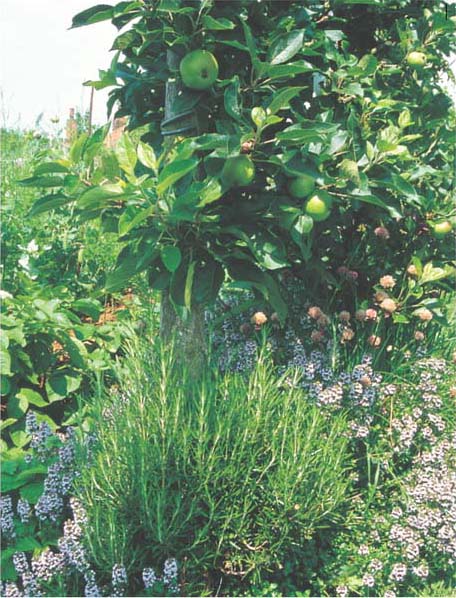
Aromatic herbs beneath benefit apples in multiple ways, and look good
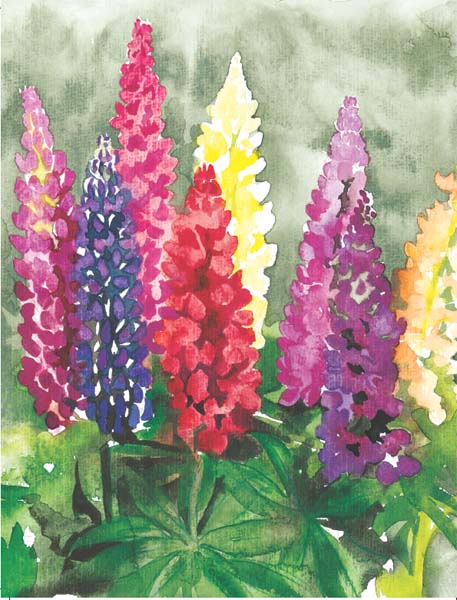
Lupins can be great companionsthey supply other plants with nitratesand suppress weeds and other seeds from germinating nearby
Now, I admit, there is still much to be understood, but the general principles are established. Plants interact with each other, and with creatures around them, in many ways, and once we know what is happening we may use it to our advantage. A good example is the leguminous pea and bean family, whose members usually create a fertility surplus. By interplanting legumes with other more demanding plants we satisfy the latter's needs without continuing effort or expense. So sweet peas, lupins, brooms, and many others help feed other flowers around them, and peas and bush beans feed your cabbages and corn. Simultaneously, this mingling misleads and confuses pests and obstructs the spread of diseases. However, we also need to be aware that not all plants get on. For example, some of the allium family are unhappy growing near some legumes; for example, onions do not do well near beans, and vice versa.
So, this book is about all these many and varied companion effects and how we can utilize them for our ends, and includes a judicious selection of which plants to grow together. After all, we all want more beautiful tasty crops and flowers with less input. So let's allow the plants and wildlife to do much of the work for usnot just by working with nature but by harnessing it, all in the gentlest possible way.
Next page

